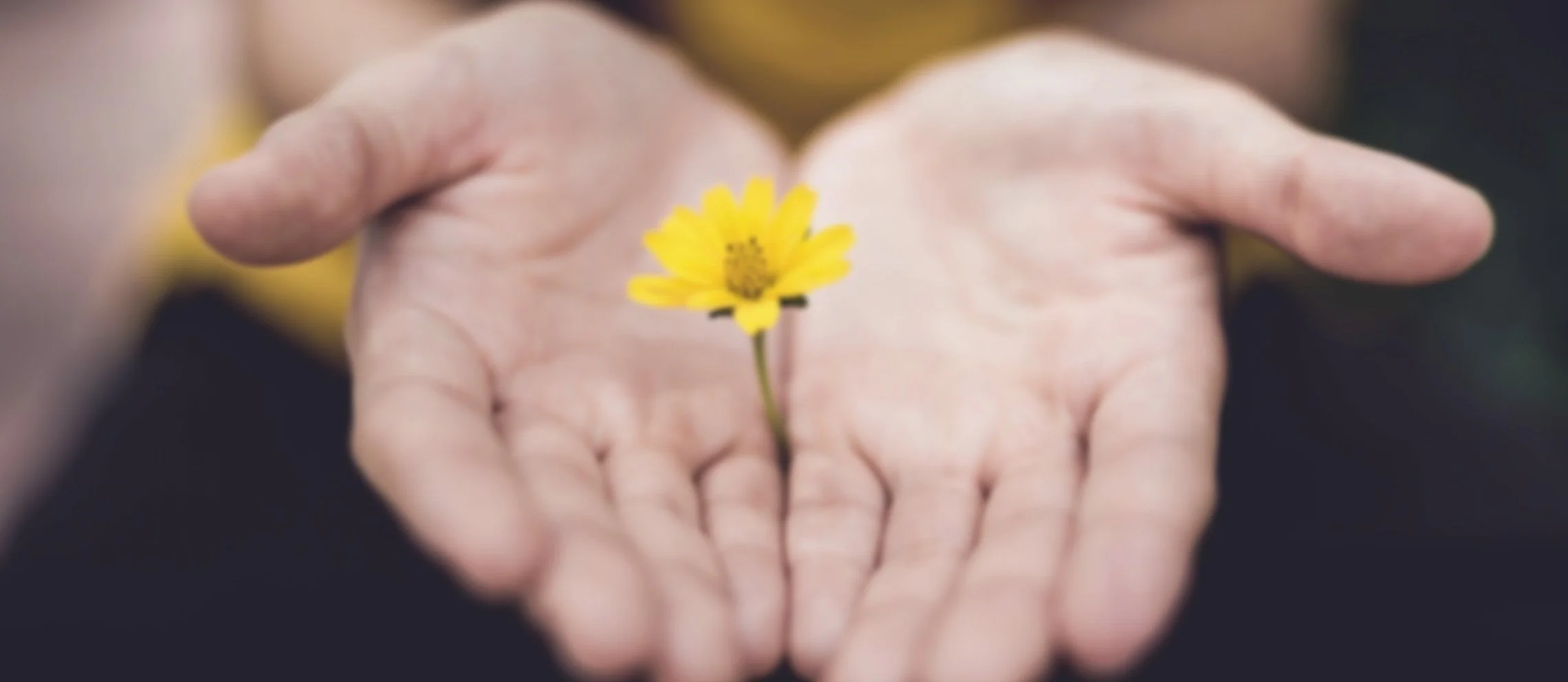Offerings For Families
Body-Based Tools for Self-Regulation and Nervous System Support
Whether you're a child, teen, or caregiver, understanding how your body responds to stress and overwhelm is a vital step toward emotional awareness and resilience. Through individualized, body-based practices—including gentle movement, breathwork, and mindfulness—clients learn to self-regulate and reset their nervous systems. This approach fosters greater self-compassion, expands one’s window of tolerance, and builds the capacity for healthy co-regulation in relationships.
Find Offerings Below For:
Children
Teens
Caregivers
Children
Ages 4-11
-
In these one-on-one sessions, children will begin to understand their big emotions and how they impact their body. Through gentle movement, breathwork, and age-appropriate meditation practices, children will learn to identify their emotions, notice where they feel them in their body, and begin building a self-regulation toolbox. For children ages 4-11. Thirty-minute sessions with a 15-minute joint child/caregiver summary. $250 for 4 sessions.
-
These somatic group classes will focus on playful movement, emotional literacy, and calming tools, as well as co-regulation practices with peers. For children ages 4-11. $75 per session (4 classes).
-
In this fun-filled children’s yoga series, students will learn to connect breath with movement through yoga poses, relaxation techniques, breath work, stories, and games. We will use music, props, and crafts to enhance the excitement, as well. Students will be able to take these tools off the mat and use their skills in every day life. For children ages 4-11. $75 per session (4 classes).
Teens
Ages 12-17
-
In these one-on-one sessions, teens will increase agency, resiliency, and their ability to self-regulate during upset. Through gentle movement, breathwork, meditation, and journaling practices, teens will learn to connect body sensations with their thoughts, emotions and beliefs. In this bottom-up approach that focuses on body sensation awareness to help calm the mind, teens are able to process emotions and tone the nervous system. For teens ages 12-17. Forty-five minute sessions. $250 for 4 sessions.
-
Teens will learn practical tools to help them stay—or return—to a calm, regulated state, even during times of stress or upset. Through body awareness, co-regulation, and nervous system toning, students will build skills they can easily use in every day life. For teens ages 12-17. $75 per session (4 classes).
-
This teens’ yoga series is designed to connect breath with movement through yoga poses, relaxation techniques, co-regulation, and breath work. Students will be able to take these tools off the mat and use their skills in every day life. For teens ages 12-17. $75 per session (4 classes).
Caregivers
-
These playful sessions are designed for caregivers and children to explore emotional regulation and body-based calming strategies together. Through gentle movement, breathwork, and age-appropriate mindfulness practices, participants will co-create a space of safety, connection, and mutual regulation. Walk-away with practical tools to use during moments of upset, as well as a foundation of co-regulation that supports calm and emotional resilience. For children ages 4-11. Thirty-minute sessions. $180 for 4 sessions.
-
Parenting a teen is profound and often turbulent experience—filled with moments of change, push-pull dynamics, and emotional complexity. These sessions are designed just for caregivers, offering a grounding space to explore your own nervous system and its impact on your parenting. Walk-away with tools that help you access more calm, clarity, and connection in moments that feel anything but. Through gentle movement, breath work, and mindfulness practices, you’ll learn how to regulate your body and emotions so you can show up for your teen with calm and care. You will also develop nervous system awareness, relational reconnection strategies, and take-home tools for real-life moments. Sixty-minute sessions. $300 for 4 sessions.
“Through movement, self-assessment and continued practice, Devon has taught me invaluable skills that have reached parts of my soul and body that had been left unhealed by years of trauma and left unaddressed by traditional talk therapy.”
~ Stephanie S.




